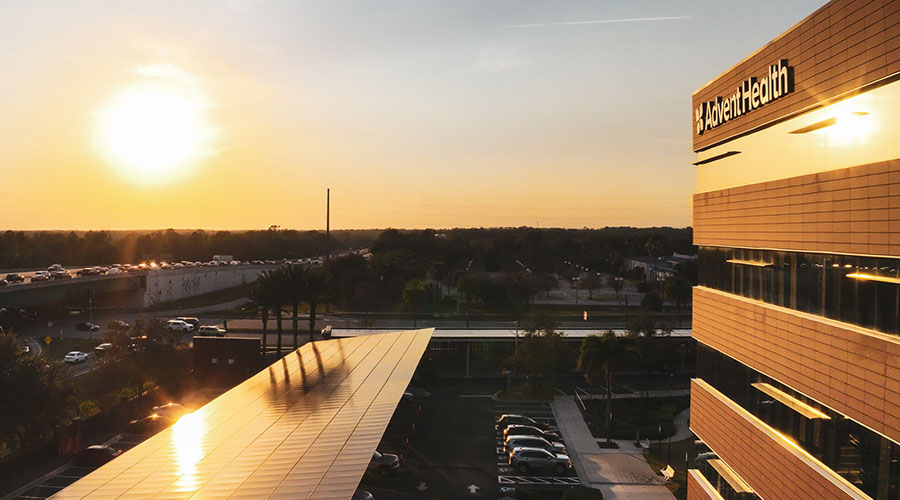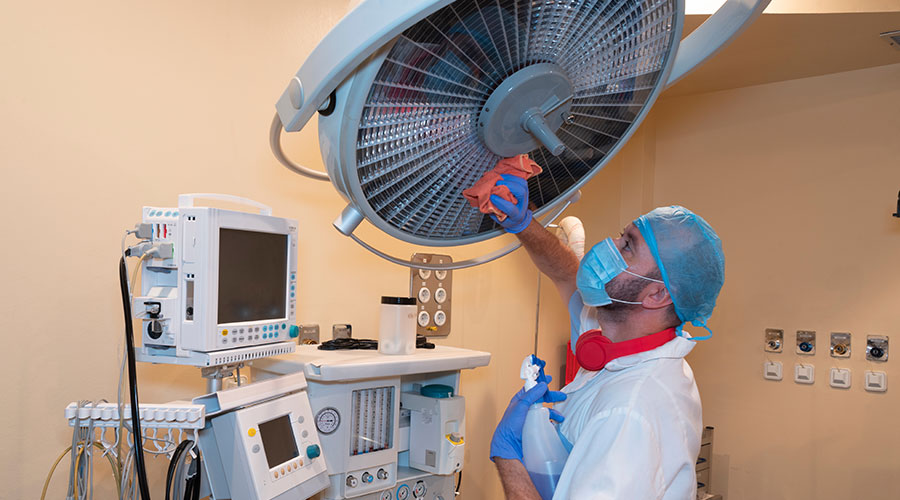Architecture promotes the type and quality of care an long-term care facility operator expects to provide. The challenge for designers is to create environments where people live, visit and work while maximizing the each user's usability and operational efficiencies, according to an article on the Long-Term Living magazine website.
One tool that designers can use is evidence-based design (EBD). EBD is the process of basing decisions about the built environment on credible research to achieve the best possible outcome, according to the article.
With tight project schedules and tighter budgets, architects must look beyond intuition and trial and error during the design process, the article said. Well-researched decisions can improve the quality of life for residents and maximize an owner’s investment in the community.
The conventional design process generally is the same as EBD. The primary change is adding steps to research, interpret, incorporate and document EBD solutions. Evidence is merely technical information; creative thinking is still required to formulate new knowledge in design concepts.
Evidence and experience demonstrates that surroundings have a dramatic influence on older people's socialization, mobility and general health, all of which contribute to stress experienced, the article said. Even small, informed design decisions can have a large impact on residents’ quality of life.
Read the article.

 Case Study: AdventHealth Altamonte Springs Completes Canopy Solar Project
Case Study: AdventHealth Altamonte Springs Completes Canopy Solar Project How Carilion Clinic Cut HAIs by Over 50 Percent with IPC Expansion
How Carilion Clinic Cut HAIs by Over 50 Percent with IPC Expansion AtlantiCare and Select Medical Celebrate Construction Milestone for New Facility
AtlantiCare and Select Medical Celebrate Construction Milestone for New Facility Norton Children's Unveils Plans for New Pediatric Care Campus
Norton Children's Unveils Plans for New Pediatric Care Campus Environmental Services Workers Deserve More Respect
Environmental Services Workers Deserve More Respect